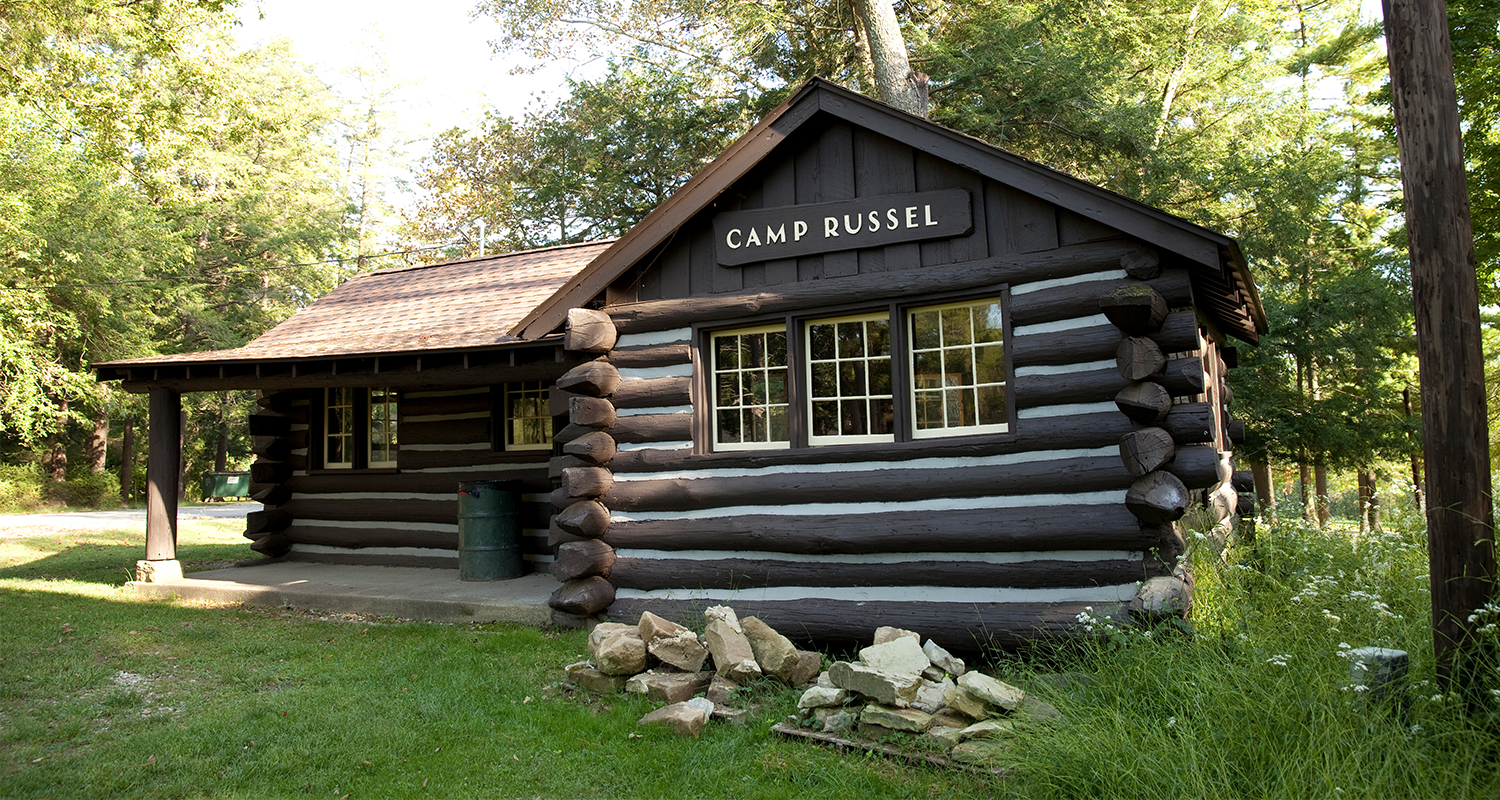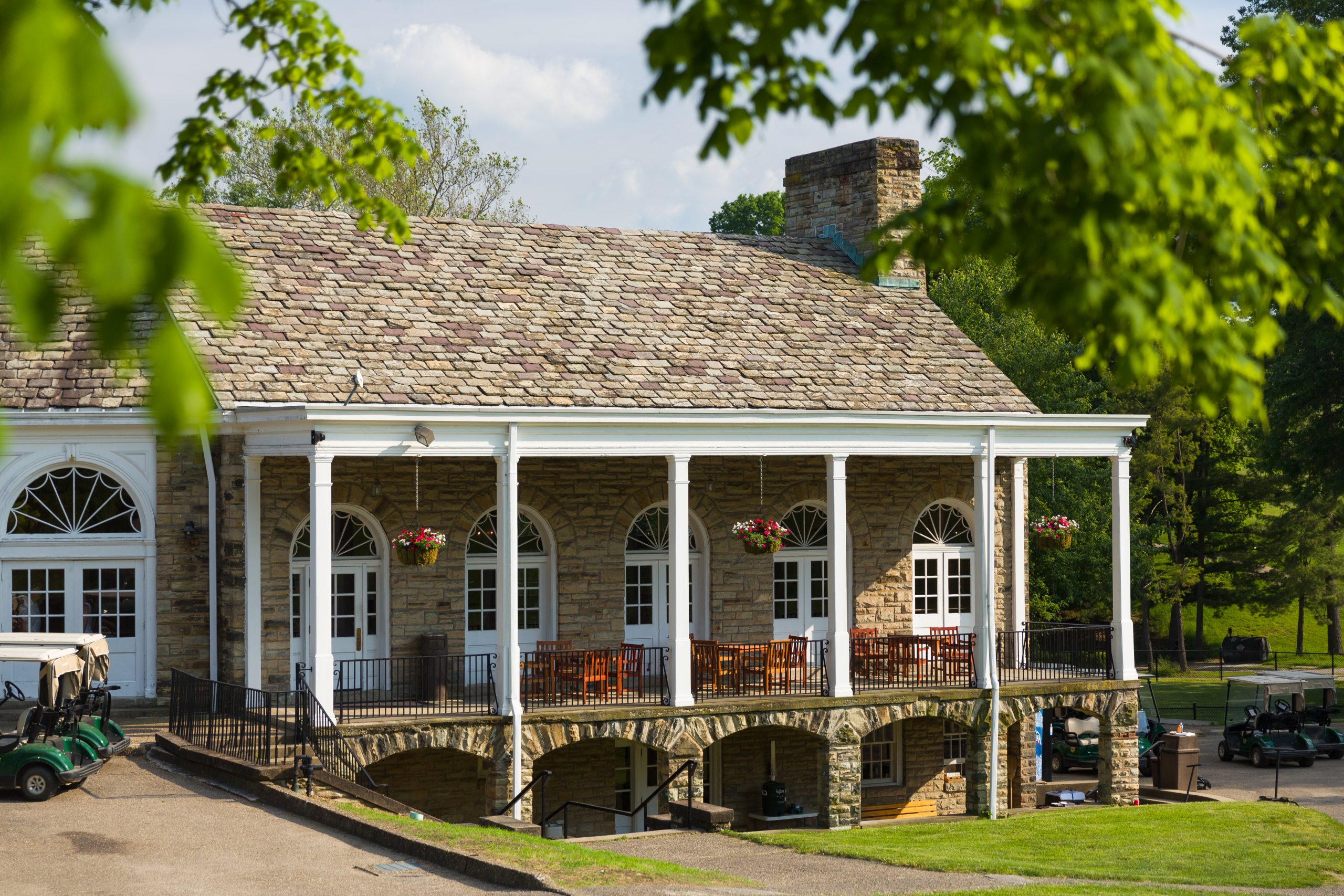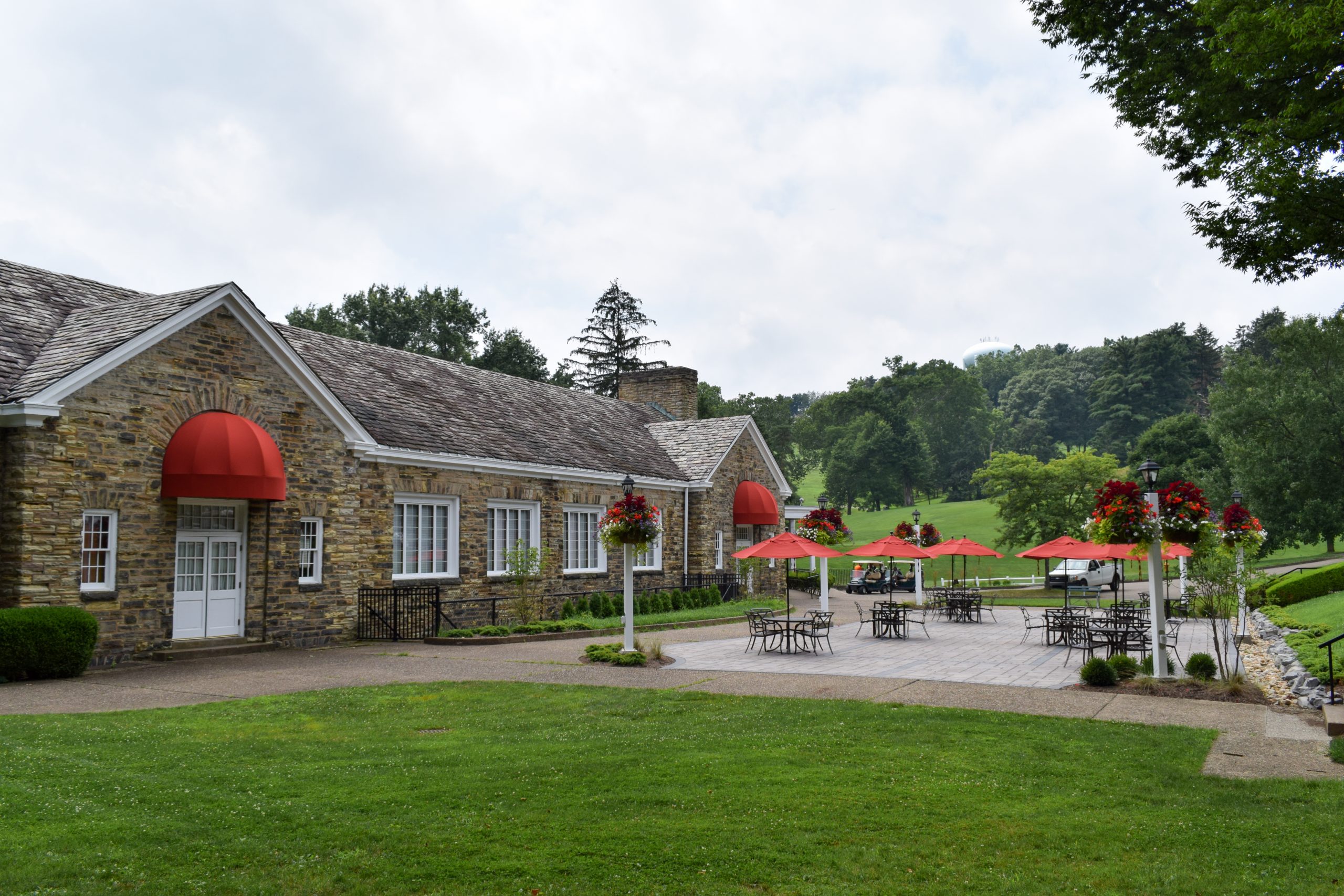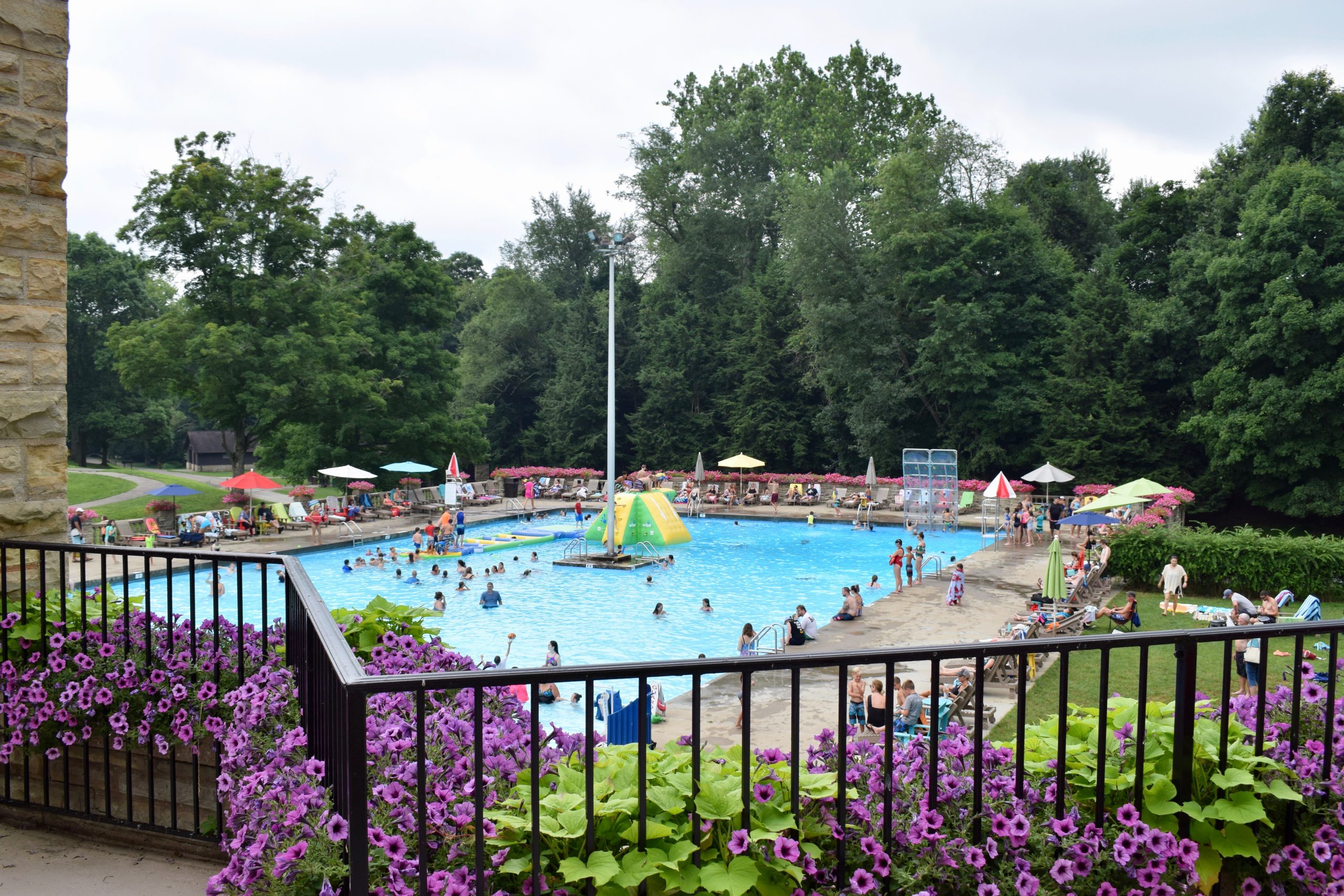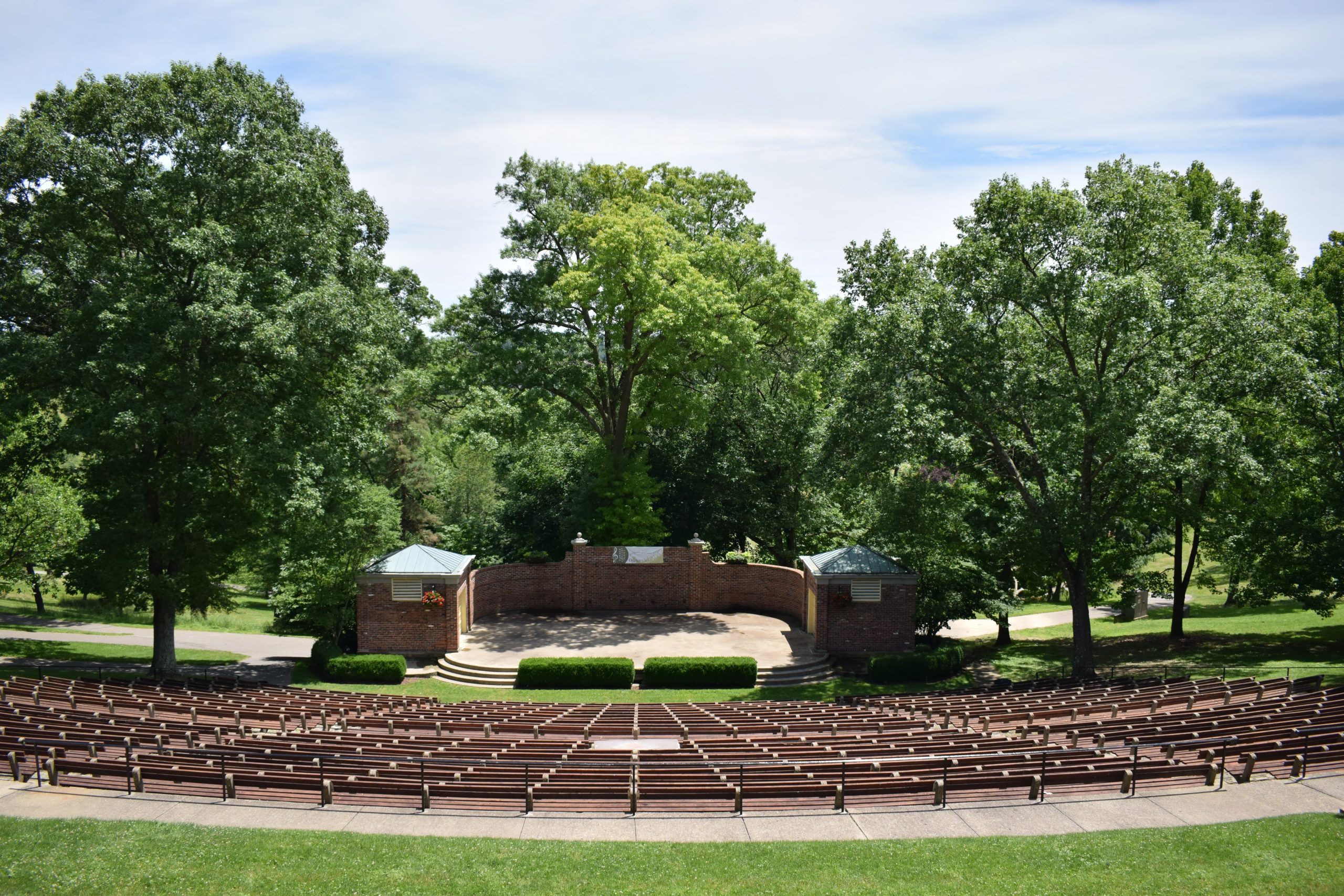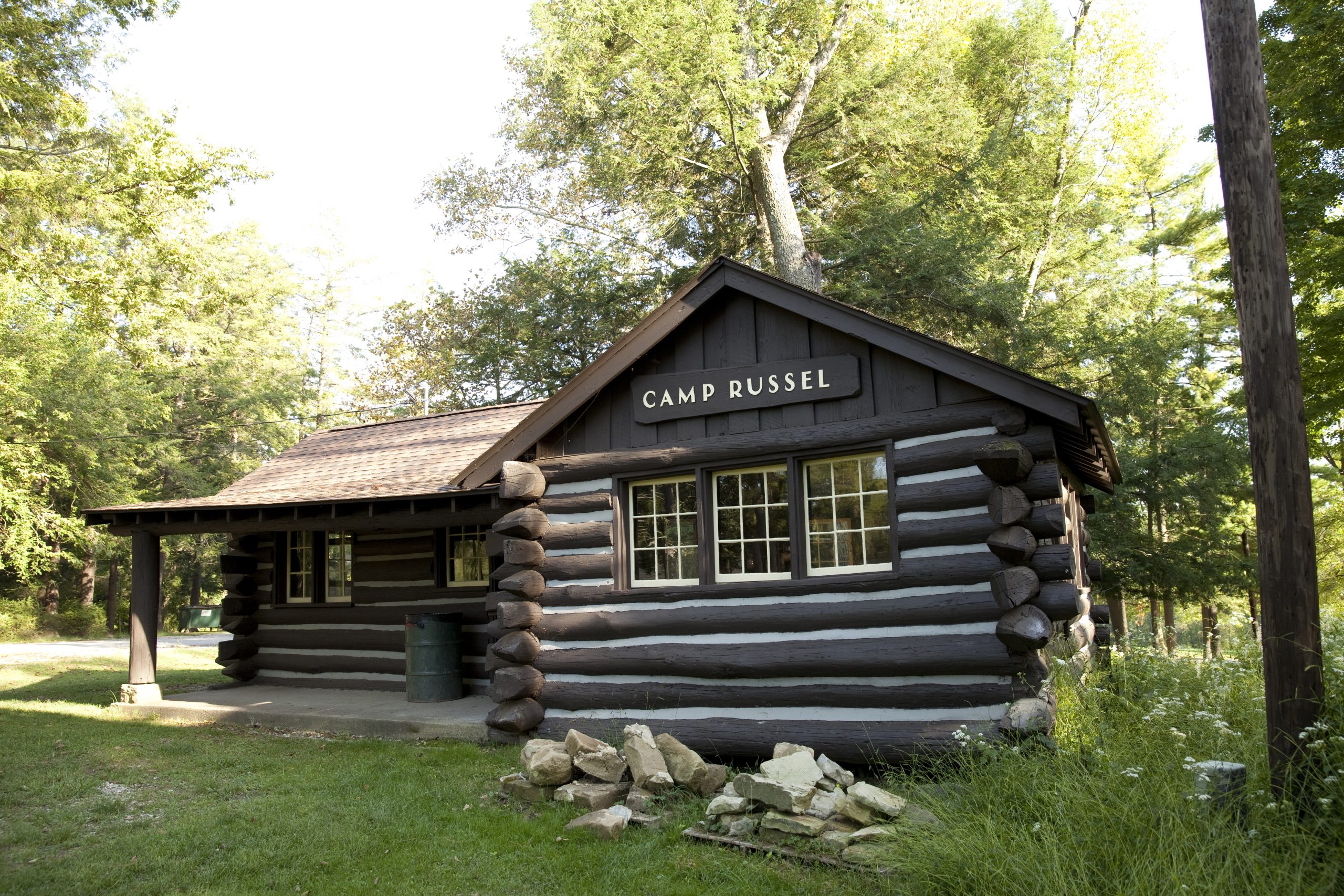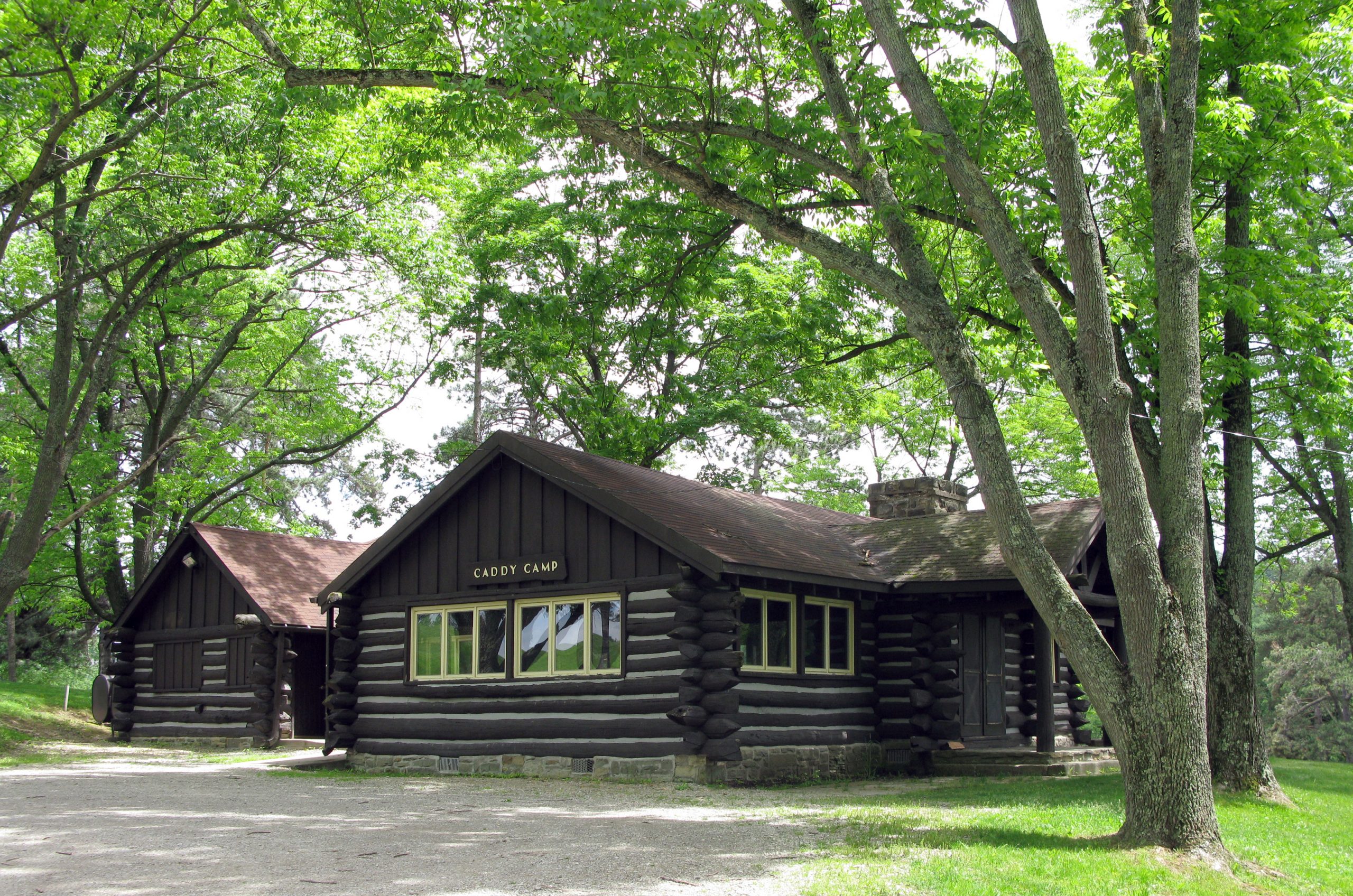As a staple institution in the Wheeling community, Oglebay Park serves as a place for entertainment, recreation, history, and celebration. While many people are familiar with the history of Earl W. Oglebay and how the park came to be the only self-supporting public municipal park, it is also the home to multiple structures that were built thanks to FDR’s New Deal programs.
The Park’s story begins with Earl W. Oglebay, an Ohio Valley native who made his fortune primarily in the iron ore industry. Oglebay was born in Bridgeport, Ohio in 1847 and lived in Wheeling for much of his youth and adulthood. Though Oglebay later moved to Cleveland to manage his businesses, Wheeling was evidently near and dear to his heart; after selling his iron ore mines to United States Steel at the turn of the century, Oglebay moved back to the Ohio Valley. Although Oglebay made his millions in iron ore, it was farming and agriculture that were his true passions. After moving back to Wheeling, Oglebay purchased Waddington Farm in 1900 to serve as his summer estate and as an experimental farm.
After his death in 1926, Oglebay’s estate willed Waddington Farm to the city of Wheeling with the stipulation that the City “operate it for public recreation.” The City initially wavered on whether to accept the gift; Wheeling had just developed Wheeling Park, and the City questioned whether it could afford to undertake a project of such magnitude. After two years of deliberation and with the help of several generous donors, Wheeling accepted Oglebay’s donation and the terms therein.
In addition to the donations from Wheeling natives such as H. G. Ogden, Sarita Oglebay Russel, and Crispin Oglebay, the development of Oglebay Park was greatly aided by FDR’s New Deal programs. With assistance from New Deal Agencies such as the Civilian Conservation Corps (CCC) and the Works Progress Administration (WPA), Oglebay Park was able to continue to develop and flourish even as the country recovered from the Great Depression.
In the 1930s, about 200 young men were assigned to Oglebay Park to carry out CCC and WPA projects around the area. The CCC men lived in Camp Waddington and were paid $21 a month plus room and board. Even with President FDR’s innovative program, however, Oglebay Park relied heavily on generous donors to make improvements and infrastructure in the Park possible. According to Living New Deal, “Gift and loans were solicited to match the Works Progress Administration funds, making possible the building of nature trails and roads, picnic sites, cabins, tennis courts, the outdoor theater, Camp Russel, and the entire Crispin Center area.”
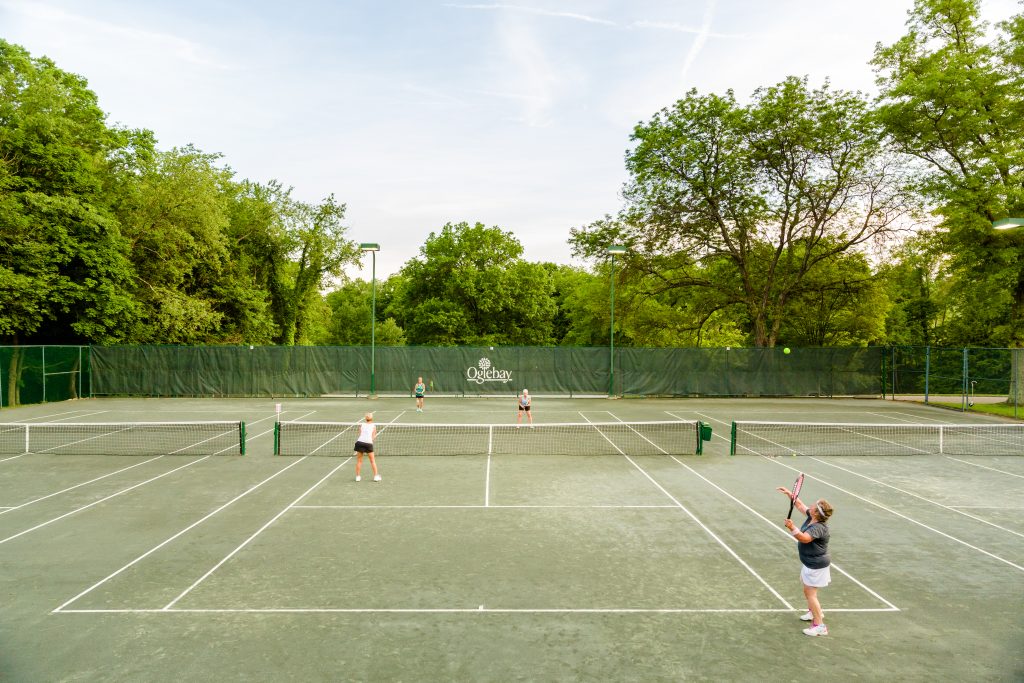
A true testament to the workmanship of the men in the CCC and WPA, many of the structures erected during the 1930s still exist today. First and foremost is the Crispin Center that, per Oglebay Park’s website, “stands as a tribute to the quality of work in Depression-era projects.” The facility, built in 1937-38 by skilled laborers and CCC/WPA men, includes a large swimming pool and the Pine Room, a popular venue for special occasions. The exterior is constructed of “natural sandstone, much of it quarried locally” that has retained its beauty for over 80 years. Another is the outdoor amphitheater, capable of seating 1,400 people for open-air concerts, plays, and special occasions such as weddings and graduations.
If you are looking to see an example of a true CCC camp, however, look no further than Caddy Camp. This log building has stood the testament of time and serves as a beautiful and rustic example of CCC workmanship. In addition to Caddy Camp, the CCC erected 26 cabins throughout the Park during their time in Oglebay. Unfortunately, the 26 cabins are no longer standing, but one can get a very good idea of what they would look like by visiting Caddy Camp. Another CCC building to visit is Camp Russel, which is structurally similar to Caddy Camp but with double the capacity; despite its modest exterior, Camp Russel can host up to 200 guests.
Next time you visit Oglebay, take some time to look for the CCC structures that still stand throughout the park that were made possible not just by the generosity of Earl W. Oglebay and his family, but the unsung heroes of the CCC and WPA that made the park what is it today.


